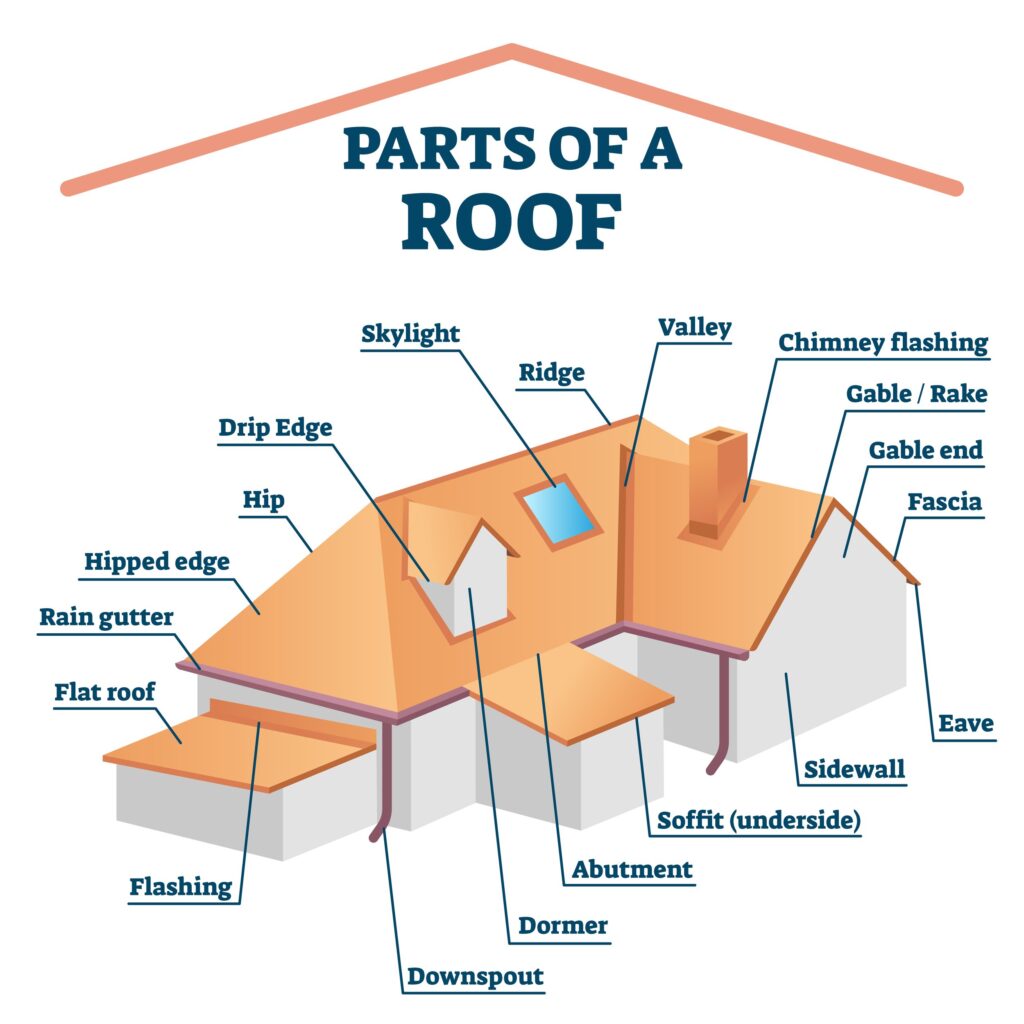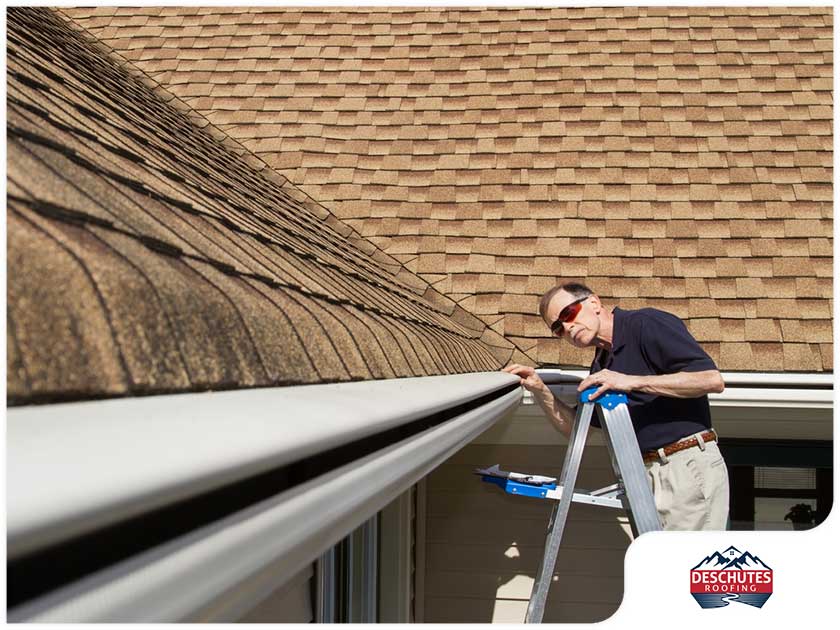You wake up one morning to find several shingles scattered across your lawn, victims to a fierce storm that blew through last night. As you survey the damage on your roof, a question arises in your mind: does homeowners insurance cover shingles blown off the roof? This article will delve into this commonly asked question, shedding light on whether your insurance policy will provide the coverage you need in such a situation. So, grab a cup of coffee and read on to find out what you need to know about shingles and your homeowners insurance.


1. Determining Coverage for Shingles Blown Off Roof
1.1. Understanding Homeowners Insurance Policies
When it comes to homeowners insurance, it’s essential to understand the coverage that your policy provides. Homeowners insurance is designed to protect you financially in the event of damage to your home or property. However, the specific coverage for shingles blown off your roof may vary depending on the terms and conditions of your policy.
1.2. The Importance of Reading Policy Terms and Conditions
Before determining whether your homeowners insurance covers shingles blown off your roof, it’s crucial to read the terms and conditions of your policy. These documents outline the specifics of what is covered and what may be excluded.
1.3. Assessing the Cause of Shingles Blown Off Roof
When shingles are blown off your roof, it’s important to determine the cause of the damage. Different events, such as severe weather or strong winds, can lead to shingles being dislodged. Insurance coverage may vary depending on the cause of the damage.
1.4. Evaluating the Extent of Damage
Once the cause of the shingles being blown off your roof has been determined, it’s essential to assess the extent of the damage. This evaluation will help determine the coverage provided by your homeowners insurance and the type of repairs or replacements that may be necessary.
2. Standard Homeowners Insurance Coverage
2.1. Dwelling Coverage
Most homeowners insurance policies include dwelling coverage, which protects the structure of your home. This coverage typically includes the roof. If shingles are blown off your roof due to a covered event, such as a windstorm, your homeowners insurance should provide coverage for the necessary repairs or replacement.
2.2. Other Structures Coverage
In addition to your main dwelling, homeowners insurance often includes coverage for other structures on your property, such as sheds or detached garages. If the shingles on these structures are blown off, the same coverage as your main dwelling may apply.
2.3. Personal Property Coverage
While the dwelling coverage focuses on the structure itself, homeowners insurance usually includes coverage for your personal property as well. This coverage protects your belongings, such as furniture or appliances, in the event they are damaged or destroyed. If shingles being blown off your roof lead to damage to your personal property, your homeowners insurance may provide coverage for their repair or replacement.
2.4. Loss of Use Coverage
If the damage to your roof is severe enough that you cannot live in your home while repairs are being made, homeowners insurance typically includes loss of use coverage. This coverage helps cover additional living expenses, such as hotel stays or temporary rentals, until your home is deemed habitable again.
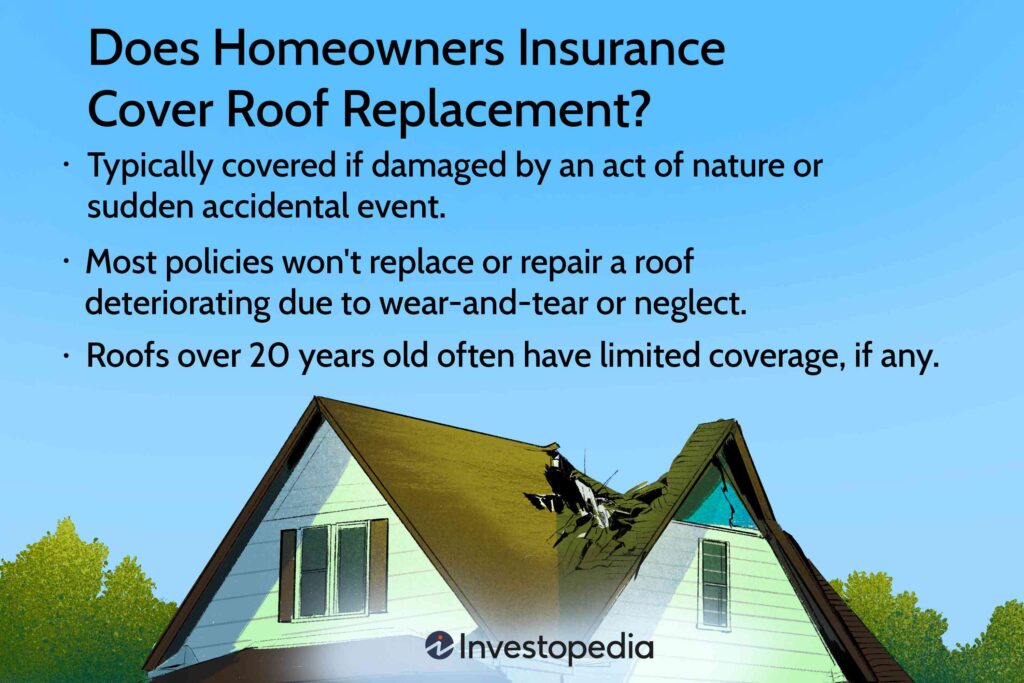

3. Common Exclusions and Limitations
3.1. Windstorm Coverage Limitations
While homeowners insurance often provides coverage for windstorm damage, there may be limitations or exclusions depending on your policy. It’s important to review your policy’s specific terms to understand how windstorm coverage applies to shingles blown off your roof.
3.2. Policy Stipulations for Old Roofs
Some homeowners insurance policies may have stipulations or limitations for older roofs. For example, if your roof is over a certain age, such as 20 years, coverage for shingles blown off may be limited. Reviewing your policy’s terms will help you understand any age-related limitations.
3.3. Maintenance and Wear and Tear Exclusions
Homeowners insurance typically does not cover damage resulting from maintenance issues or normal wear and tear. If your shingles have blown off due to negligence or lack of proper maintenance, coverage may be limited or denied. Regular roof inspections and maintenance can help prevent such situations.
3.4. Deductible Requirements
Keep in mind that homeowners insurance policies often have deductibles. This is the amount you must pay out of pocket before your insurance coverage kicks in. When shingles are blown off your roof, you may need to cover the cost of repairs up to your policy’s deductible.
4. Optional Coverage for Shingles Blown Off Roof
4.1. Roof Replacement Cost Coverage
While standard homeowners insurance typically covers the repair or replacement cost of damaged shingles, it may not cover the full cost of a roof replacement. Adding optional roof replacement cost coverage to your policy can provide additional financial protection in the event your entire roof needs to be replaced.
4.2. Ordinance or Law Coverage
Some insurance policies offer ordinance or law coverage, which reimburses you for the additional expenses incurred if local building codes require upgrades or changes during the repair or replacement process. This coverage can be valuable if the shingles blown off your roof trigger the need for code-related upgrades.
4.3. Windstorm or Hail Endorsements
In areas prone to severe storms or hail, homeowners may want to consider adding windstorm or hail endorsements to their insurance policy. These endorsements extend coverage specifically to damage caused by these weather events, including shingles being blown off the roof.


5. The Claims Process
5.1. Contacting Your Insurance Company
When shingles are blown off your roof, it’s important to contact your insurance company as soon as possible. They will guide you through the claims process and provide further instructions on how to proceed.
5.2. Documenting the Loss and Damage
Take detailed photographs of the damage to your roof and any other affected areas. Keep track of any receipts or invoices related to repairs or temporary living arrangements. This documentation is crucial in supporting your claim.
5.3. Working with Adjusters and Contractors
Your insurance company may send an adjuster to assess the damage and estimate the repair costs. It’s important to work closely with the adjuster and any contractors involved in the repair process to ensure proper evaluation and documentation of the damage.
5.4. Filing the Claim and Settlement Process
Once all necessary documentation and assessments have been completed, you can officially file your claim with the insurance company. The settlement process will involve reviewing your policy coverage, deductibles, and any applicable endorsements to determine the final settlement amount.
6. Factors Affecting Coverage and Claim Determination
6.1. Age and Condition of the Roof
The age and condition of your roof can affect the coverage provided by your homeowners insurance. Older roofs or roofs in poor condition may have limitations or exclusions regarding coverage for shingles blown off. It’s important to maintain your roof and address any repairs or replacements promptly.
6.2. Policy Deductibles and Coverage Limits
Review your policy’s deductibles and coverage limits to understand how they may impact your claim for shingles blown off your roof. The deductible is the amount you are responsible for paying, while coverage limits determine the maximum amount your insurance company will pay for the repair or replacement.
6.3. Regional Weather Patterns
The region where you live can also affect coverage for shingles blown off your roof. Areas prone to strong winds or severe weather events may have specific insurance requirements or exclusions. Understanding your region’s weather patterns can help inform your insurance decisions.
6.4. Compliance with Home Maintenance
Regular home maintenance, including roof inspections and repairs, is essential to keep your homeowners insurance coverage intact. Failure to address necessary maintenance issues may affect the coverage provided for shingles blown off your roof. Stay proactive in maintaining your home to ensure you are adequately protected.
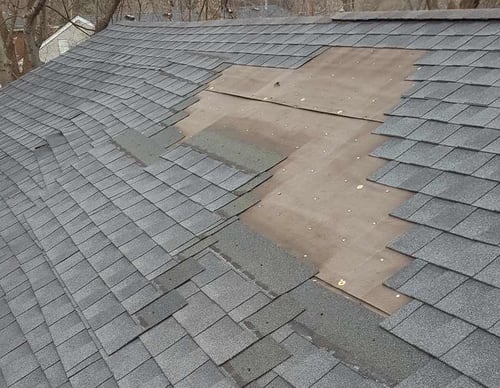

7. Tips for Successful Claims for Shingles Blown Off Roof
7.1. Regular Roof Inspections and Maintenance
To prevent damage to your roof and ensure successful claims for shingles blown off, schedule regular roof inspections and perform any necessary maintenance promptly. This proactive approach can help you address any issues before they turn into major problems.
7.2. Prompt Reporting of Damage to Insurance Company
Don’t delay in reporting shingles blown off your roof to your insurance company. Promptly notifying them of the damage will expedite the claims process and ensure you receive the necessary coverage and assistance.
7.3. Proper Documentation of Loss and Repairs
Thoroughly document the damage to your roof and any repairs or replacements that are needed. This documentation, including photographs, receipts, and invoices, will help substantiate your claim and ensure you receive the proper coverage and compensation.
7.4. Understanding the Policy and Its Coverage
Take the time to understand your homeowners insurance policy and its coverage regarding shingles blown off your roof. Being familiar with the terms, conditions, exclusions, and endorsements will enable you to make informed decisions and navigate the claims process more smoothly.
8. Finding the Right Homeowners Insurance Policy
8.1. Research and Compare Different Insurance Providers
When looking for homeowners insurance coverage, it’s essential to research and compare different insurance providers. Consider factors such as reputation, customer reviews, financial stability, and the specific coverages they offer for shingles blown off your roof.
8.2. Understanding Policy Coverages and Exclusions
Carefully review the coverages and exclusions of potential homeowners insurance policies. Look for policies that provide comprehensive coverage for roof damage, including shingles blown off, and minimize any limitations or exclusions that may affect your ability to file a successful claim.
8.3. Requesting Quotes and Assessing Premiums
Obtain quotes from multiple insurance providers to compare premiums and evaluate the value for coverage offered. Consider factors such as deductibles, coverage limits, and endorsements for shingles blown off your roof.
8.4. Seeking Professional Advice if Necessary
If you find the process of selecting homeowners insurance overwhelming or confusing, don’t hesitate to seek professional advice. An insurance agent or broker can help you understand your options and select the right policy to meet your needs.
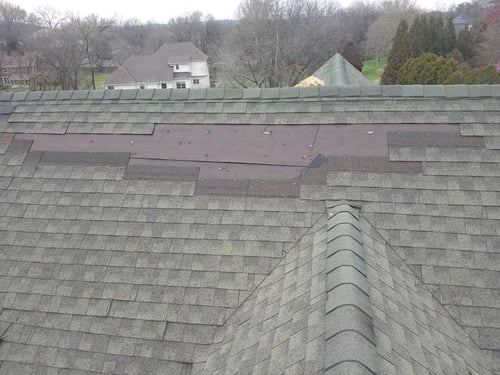

9. Alternative Options for Roof Repair and Replacement
9.1. Financing Options
In situations where homeowners insurance coverage may be limited or insufficient, exploring financing options for roof repair or replacement can be beneficial. Home equity loans, personal loans, or specialized financing programs may provide the necessary funds to address the damage caused by shingles being blown off your roof.
9.2. Government Assistance Programs
Depending on the region and circumstances, there may be government assistance programs available to homeowners facing roof damage. Research local resources and programs that may offer financial aid or support for repairs or replacements.
9.3. Roofing Manufacturer or Contractor Warranties
Check if your roof is covered by any warranties from the manufacturer or contractor who installed it. These warranties may provide coverage for shingles blown off, depending on the terms and conditions specified. Contact the manufacturer or contractor to understand the coverage available.
10. Conclusion
In conclusion, homeowners insurance can provide coverage for shingles blown off your roof, depending on your policy’s terms, conditions, and exclusions. Understanding the specifics of your policy, documenting the damage, and following the proper claims process are essential for a successful claim. Regular roof inspections, proper maintenance, and understanding the factors that affect coverage play a crucial role in protecting your home and ensuring you have the necessary financial support when shingles are blown off your roof. When selecting a homeowners insurance policy, research and compare different providers, request quotes, and consider seeking professional advice if needed. Explore alternative options for roof repair or replacement, such as financing programs or government assistance. By taking these steps, you can protect your home and be prepared in the event of shingles being blown off your roof.


